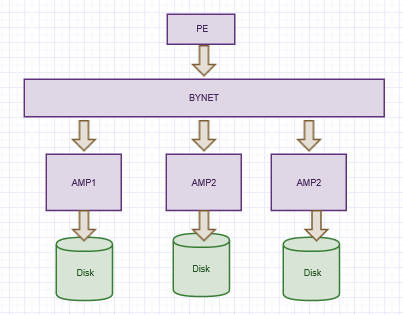ALTER Table in Teradata
One interesting thing I have noticed in Teradata. I have an existing table, I want to ADD one new column to it. I have given below query. I am getting an error. Resolution for Varchar Error Query: ALTER TABLE SAMPLES.LOAN_ACCOUNT ADD MY_NEW VARCHAR2(1); Error: 3706: Syntax error VARCHAR2 does not match defined type. Correct Query: ALTER TABLE SAMPLES.LOAN_ACCOUNT ADD MY_NEW1 VARCHAR(1); Comparison Oracle Vs DB2 Teradata ODBC Driver Type Native type for Oracle 9i or 10g staging data source Data type for Oracle 9i or 10g staging data source Native type for DB2 staging data source Data type for DB2 staging data source BYTEINT integer NUMBER(38) integer VARCHAR(3) SMALLINT integer INTEGER integer INTEGER INTEGER Integer INTEGER Integer INTEGER DECIMAL Decimal NUMBER(18) Decimal DECIMAL(18,0) FLOAT Float FLOAT(126) Float DOUBLE CHAR Varchar VARCHAR2(n BYTE) Varchar VARCHAR(n BYTE) VARCHAR Varchar VARCHAR2(n BYTE) Varchar VARCHA




